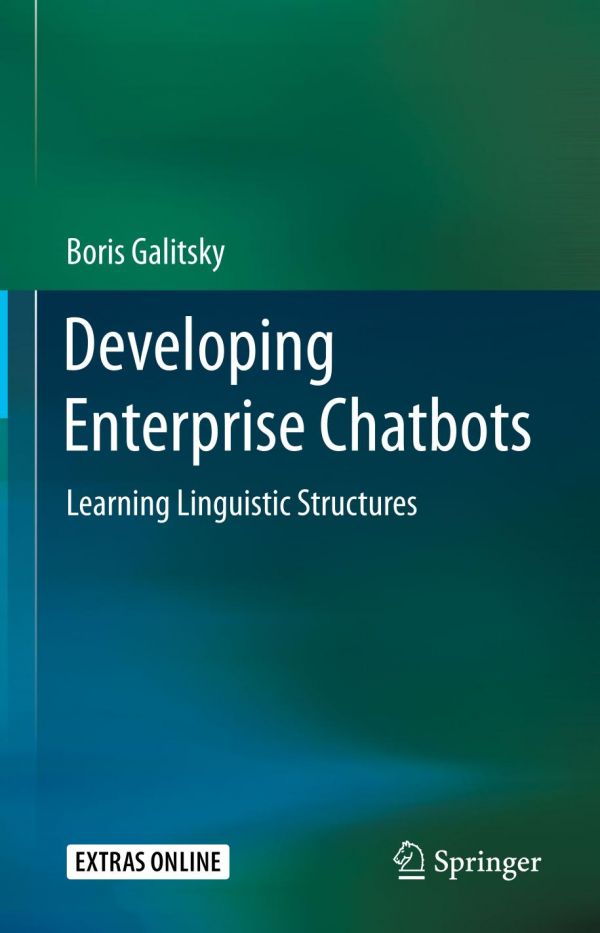

Most ebook files are in PDF format, so you can easily read them using various software such as Foxit Reader or directly on the Google Chrome browser.
Some ebook files are released by publishers in other formats such as .awz, .mobi, .epub, .fb2, etc. You may need to install specific software to read these formats on mobile/PC, such as Calibre.
Please read the tutorial at this link: https://ebookbell.com/faq
We offer FREE conversion to the popular formats you request; however, this may take some time. Therefore, right after payment, please email us, and we will try to provide the service as quickly as possible.
For some exceptional file formats or broken links (if any), please refrain from opening any disputes. Instead, email us first, and we will try to assist within a maximum of 6 hours.
EbookBell Team

4.7
66 reviewsA chatbot is expected to be capable of supporting a cohesive and coherent conversation and be knowledgeable, which makes it one of the most complex intelligent systems being designed nowadays. Designers have to learn to combine intuitive, explainable language understanding and reasoning approaches with high-performance statistical and deep learning technologies.
Today, there are two popular paradigms for chatbot construction:
1. Build a bot platform with universal NLP and ML capabilities so that a bot developer for a particular enterprise, not being an expert, can populate it with training data;
2. Accumulate a huge set of training dialogue data, feed it to a deep learning network and expect the trained chatbot to automatically learn “how to chat”.
Although these two approaches are reported to imitate some intelligent dialogues, both of them are unsuitable for enterprise chatbots, being unreliable and too brittle.
The latter approach is based on a belief that some learning miracle will happen and a chatbot will start functioning without a thorough feature and domain engineering by an expert and interpretable dialogue management algorithms.
Enterprise high-performance chatbots with extensive domain knowledge require a mix of statistical, inductive, deep machine learning and learning from the web, syntactic, semantic and discourse NLP, ontology-based reasoning and a state machine to control a dialogue. This book will provide a comprehensive source of algorithms and architectures for building chatbots for various domains based on the recent trends in computational linguistics and machine learning. The foci of this book are applications of discourse analysis in text relevant assessment, dialogue management and content generation, which help to overcome the limitations of platform-based and data driven-based approaches.
Supplementary material and code is available at https://github.com/bgalitsky/relevance-based-on-parse-trees